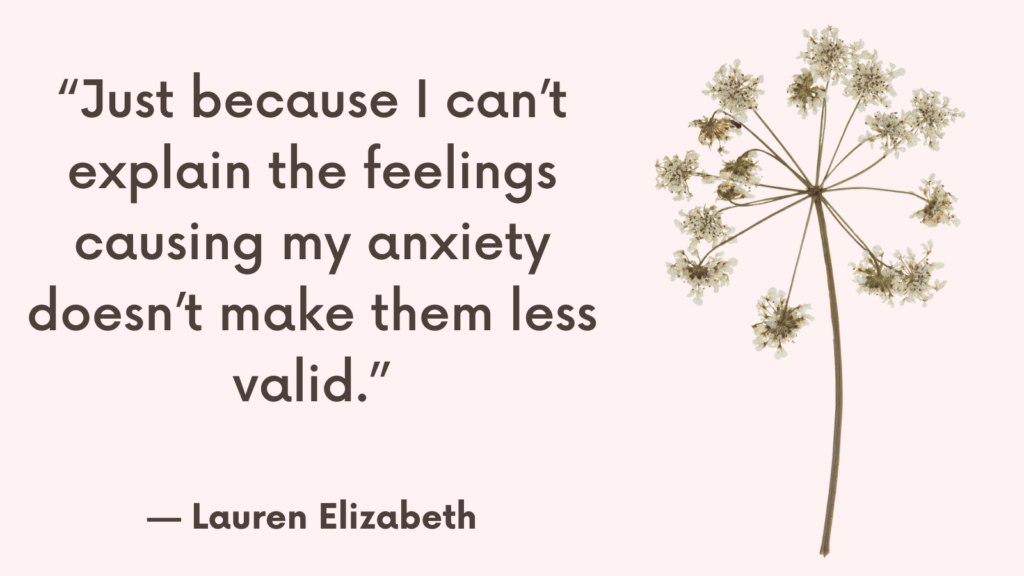If you’ve been struggling with anxiety or stress for an extended period, chances are you’ve developed an imbalance in your nervous system.
Your autonomic nervous system has two primary functions: activation (fight/flight/freeze) and relaxation (rest/digest).
However, like a bodybuilder who only works out one arm, many people become excellent at activating stress responses but not so good at calming down.
This can lead to an overactive stress response and an underdeveloped relaxation response.
The good news is that there are practical steps you can take to activate and strengthen your parasympathetic response, promoting a sense of calm and well-being.
Understanding the Nervous System
Your nervous system has three main responses:
1. Sympathetic Response (mobilization/activation): This is the activating response, often referred to as the fight/flight/freeze response. It prepares you to respond to danger.
2. Dorsal Vagal Response (immobilization/collapse): This is the shutdown response, meant to conserve energy and protect you from harm by numbing you.
3. Ventral Vagal Response (social engagement/safety): This is part of the parasympathetic response, which is activated when you feel safe and secure. It allows you to rest, digest, heal, connect with others, and feel love.
Imagine these responses as muscles.
The more you use them, the stronger they get.
If you frequently feel anxious, you’re constantly strengthening your activation response.
Conversely, exercising your parasympathetic response makes it stronger, promoting relaxation and calm.
Related: Dysregulated Nervous System: Top 9 Signs & How to Heal
How to Activate the Parasympathetic Response?
1. Perceived Sense of Safety
A perceived sense of safety is the foundation of the parasympathetic response.
Anything that makes you feel safe, confident, secure, or supported can help turn on this response.
This could be a belief like “I can do hard things,” a warm hug from a loved one, snuggling with your pet, or returning home to your safe place after a long day.
2. Facing Your Fears
One of the most powerful ways to activate the parasympathetic response is by facing and resolving threats.
Avoiding stressors can keep you in the anxiety cycle. Instead, by confronting and overcoming challenges, you can trigger the parasympathetic response.
For example, the relief you feel after jumping off a diving board or completing a difficult exam is your parasympathetic response kicking in.
Related: Emotional Dysregulation Test [A Quick Test]
3. Practical Techniques to Activate the Parasympathetic Response
Here are several techniques you can use to activate your parasympathetic response and calm anxiety:
Laughter
Laughter is a powerful tension breaker. It helps release built-up tension and promotes a sense of well-being.
Find ways to laugh every day, whether it’s watching a funny video, sharing jokes with friends, or enjoying a comedy show.
Breathing Exercises
Breathing exercises are a well-known method for activating the parasympathetic response.
Practice paced breathing, slow breathing, or deep breathing to calm your nervous system.
For instance, taking slow, deep breaths can signal to your body that it’s time to relax.
Related: Survival Brain vs. Learning Brain
Humming, Singing, and Chanting
Humming, singing, chanting, and even gargling can stimulate the vagus nerve, helping to activate the parasympathetic response.
These activities create vocal cord vibrations that can help calm your nervous system.
Chewing Gum
Chewing gum can stimulate salivation, which is part of the parasympathetic response.
When you’re relaxed, your saliva flows, aiding digestion.
Chewing gum or eating sour foods can help trigger this response.
Related: Affective Responsibility: Examples and Ways to Cultivate It
Physical Movement
Movement is essential for transitioning from a state of immobilization (hypoarousal) to activation and then to the parasympathetic response.
Dancing, running, yoga, or any form of exercise can help regulate your nervous system.
Even simple actions like shaking your arms or dancing to your favorite music can be beneficial.
Progressive Muscle Relaxation
This technique involves tensing and then relaxing different muscle groups in your body.
For example, gently tighten your shoulders, then release.
This sends a message to your brain to relax.
Human Connection
Human connection is a powerful way to activate the parasympathetic response.
Deep, long hugs, eye contact, and spending quality time with loved ones can all help.
Engaging in social activities and building strong relationships are crucial for your well-being.
Related: Why Do I Cry When I Talk About My Feelings? Top 4 Reasons
Mindful Eating
Eating can be a form of nervous system regulation.
Practice mindful eating by eating slowly, savoring your food, and enjoying meals with friends or family.
This helps send a message of safety to your body and mind.
Nature and Earthing
Spending time in nature or engaging in earthing (putting your bare feet on the earth) can help activate the parasympathetic response.
Even watching a nature documentary can be calming.
Meditative Practices
Meditation, mindfulness, and other meditative practices can help you focus on the present moment and activate the parasympathetic response.
Regular practice can enhance your overall sense of calm and well-being.
Related: Best 11 Grounding Techniques For Dissociation
Warmth and Comfort
Warmth, such as a warm bath, a heated blanket, or a cozy environment, can help you relax.
Physical warmth often translates to emotional warmth and can promote relaxation.
Developing Routines
Establishing routines to distinguish between work time and relaxation time can help regulate your nervous system.
For example, changing clothes when you get home from work or removing work-related apps from your phone can create clear boundaries.
Stress Exposure with Support
Putting some stress on your body within a controlled environment, such as cold water exposure or sauna use, can help build resilience.
Always consult a medical professional before trying these techniques.
Related: How To Feel Safe In Your Body?

Conclusion
Our brains are designed to keep us alive, often at the expense of our happiness.
However, by understanding and actively working to balance our nervous system responses, we can foster a greater sense of calm and well-being.
By practicing these techniques to activate the parasympathetic response, you can strengthen your ability to relax, connect, and live a more balanced life.



